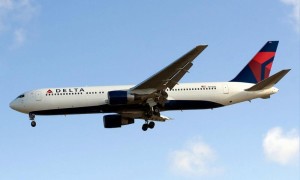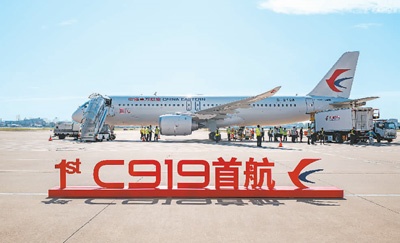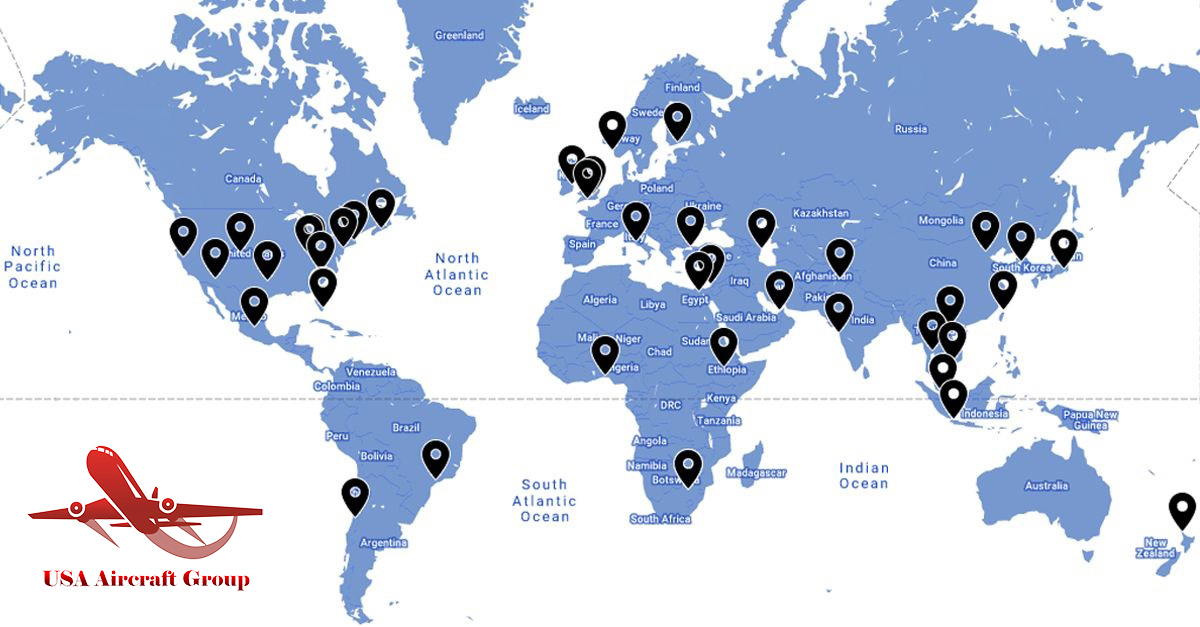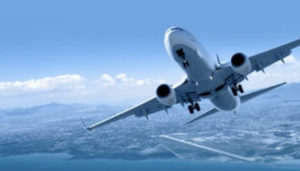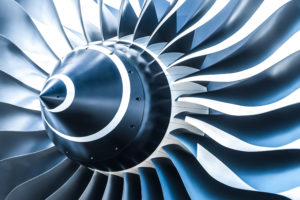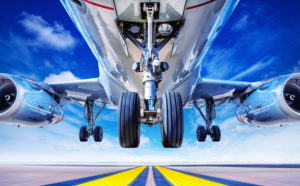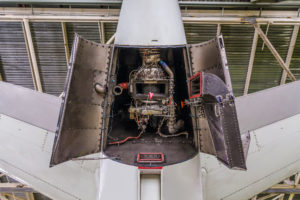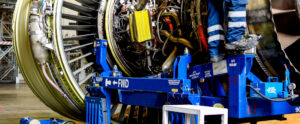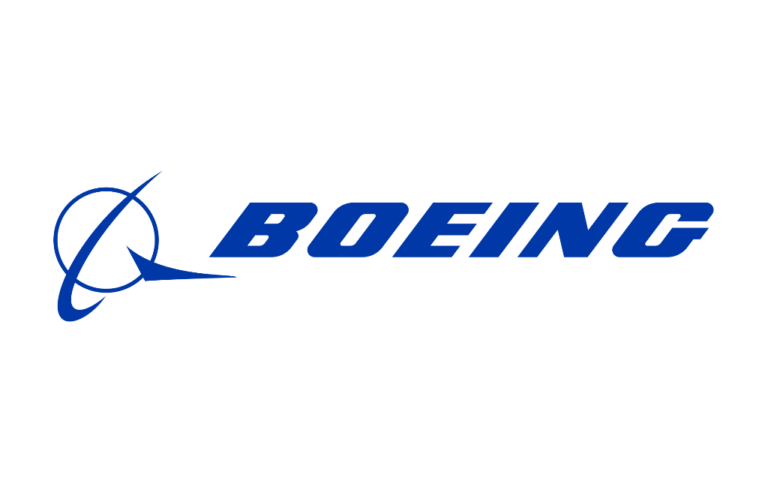Press Releases

Boeing 767-USA Aircraft Group Corporation
Date: 2024/12/12
Boeing 767 (English: Boeing 767) is a medium-to-large, long-range, wide-body twin-engine jet developed by Boeing Company of the United States to compete with Airbus A300 and A310. It is Boeing's first aircraft with a glass cockpit for two passengers. Both Boeing 757 and 767 have the same cockpit design, so it is easy for crew and maintenance personnel to master both aircraft at the same time. 767 and 757 are the first cockpit operated by two people in Boeing civil aircraft, and also the first electronic flight instrument in Boeing passenger aircraft. The first model of 767 was -200, and then the longer -300 was produced. There are also 400 models of planned abortion, in addition to -200ER, -300ER and -400ER for long-distance use.
This model was first introduced to China in 1985. On May 6th, 2014, Air China sold the last Boeing 767-300ER. Its sale declared that Boeing 767 had completed its mission in China International Airlines and officially retired from the historical stage.
On December 5, 2018, the last domestic 767 fleet was retired.
In 1970, Boeing 747 became the first wide-body jet to enter service. The 747 is the first passenger plane wide enough to have a double-channel cabin. Two years later, the manufacturer began a research and development, code-named 7X7, to replace the 707 and other early narrow-body aircraft with new wide-body aircraft. The aircraft will also provide two-channel seats, but the fuselage is smaller than the existing three-star wide-body fuselage of 747, McDonnell Douglas DC-10 and Lockheed L-1011. In order to pay the high development cost, Boeing signed a risk sharing agreement with Italian company Aeritalia and Japan Aerospace Corporation's consortium Transportation Development Corporation (CTDC). This marks the formation of the manufacturer's first major international joint venture, and Aeritalia and CTDC received the supply contract in exchange for their early participation. The original 7X7 was considered as a short-distance take-off and landing passenger plane for short-distance flight, but the customer was not interested in this concept, which led to its redefinition as a medium-sized, transcontinental passenger plane. At this stage, the proposed aircraft has two or three engines, and the possible configurations include an outboard engine and a T-tail. By 1976, the layout of a twin-jet plane, similar to its debut on Airbus A300, became the baseline configuration. The decision to use two engines reflects the industry's increased confidence in the reliability and economy of the new generation of jet engines. Although the airline requirements of the new wide-body aircraft are still unclear, 7X7 generally focuses on the medium-sized and high-density market. Therefore, it intends to transport a large number of passengers between major cities. Advances in civil aviation technology, including high bypass ratio turbine engines, new cockpit systems, aerodynamic improvements and lighter building materials, have been applied to the 7X7. Many of these functions are also included in a new medium-sized narrow-body airliner, code-named 7N7, which will become the parallel development work of the 757. The work of these two suggestions was realized through the rising period of the aviation industry in the late 1970s. In January 1978, Boeing announced a large-scale expansion of the Everett factory, and then devoted itself to producing the 747 to adapt to its new wide-body series. In February, 1978, the new jet plane obtained the model name of 767, and three variants were planned: a 767-100 with 190 seats, a 767-200 with 210 seats, and a trijet 767MR/LR version intercontinental route with 200 seats. 767MR/LR was subsequently renamed as 777 for differentiation purposes. The 767 was officially launched on July 14th, 1978. At that time, United Airlines ordered 30 of the 767-200 models, and then ordered 50 other 767-200 models from American Airlines and Delta Air Lines. The 767-100 was not sold in the end, because its capacity was too close to that of the 757, and the demand for the 777 triple jet was finally reduced due to the standardized dual jet configuration.
